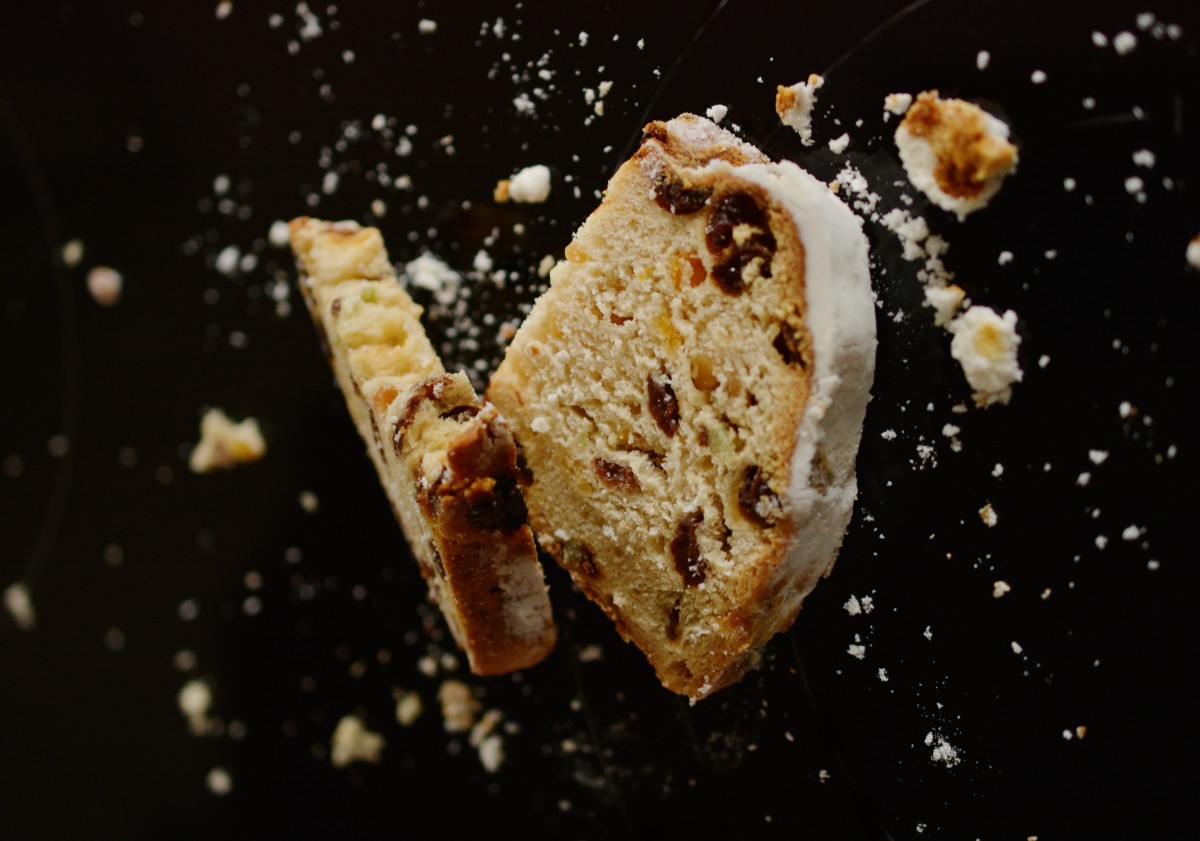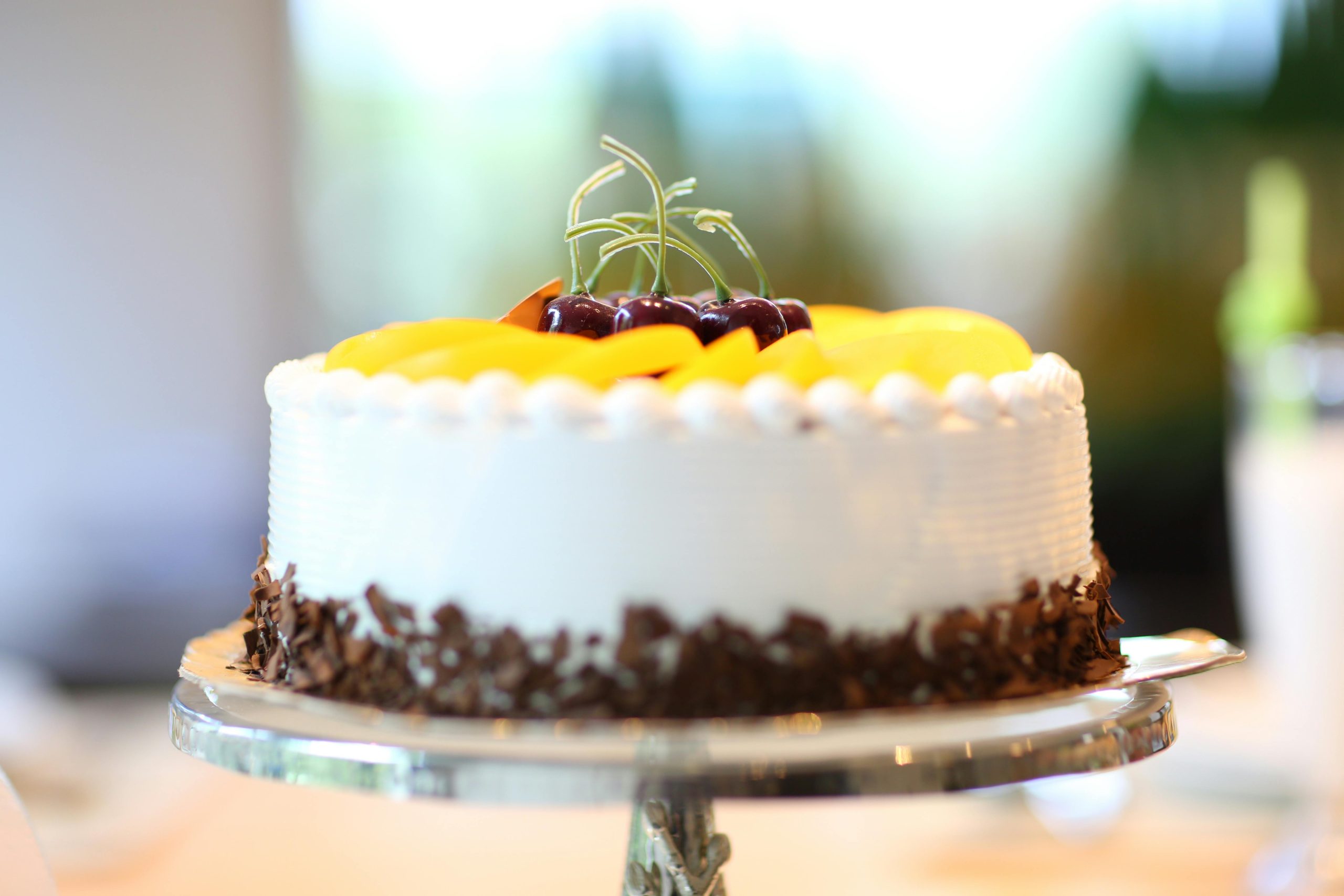7 Pro-Baker Tips to Make Cake Wayyy Easier (& More Fun!)
Baking has the reputation of being very “by the book”–and unfortunately, this can translate as “complicated” for many people. In the latest episode of Baking it Up a Notch, I wanted to explore the many wonderful treats that you can make with little equipment. You can mix in a large bowl by hand or using a hand mixer. A few tricks can elevate even the most basic recipe. Here are some tips on how to make the easiest, tastiest baked goods.
1. Learn to love the Blending Method
Blending is the easiest method of mixing in baking. The ingredients are blended until they form a smooth batter. This is the same method that many cakes use, including quick breads, muffins, and anything else marked “one-bowl wonder.” It is important to blend the ingredients evenly without overmixing, which can result in a tough cake after baking.
Whip your dry ingredients first. This not only mixes them, but also aerates. Separately, whisk your wet ingredients. It allows for ingredients like eggs that are difficult to mix to be partially combined and then more fluidly mixed with the dry. This will make the batter come together easier. To start, I use a whisk to mix the wet ingredients with the dry, as it helps bring everything together. Some mixtures can be too thick to whisk, and the batter will clog up the whisk wires. A silicone spatula or wooden spoon works well, too. It is important only to mix them until they are evenly combined. You can stop the mixing process and scrape the bowl several times to ensure that everything is incorporated. You’re ready to go once everything has been combined. Do not over-mix.
Blending is used in the following recipes: sweet corn cakes and zucchini bread.
Cane Stoneware Mixing Bowls
Nordic Ware 75th anniversary Braided Bundt Pan
2. The ingredients should be at room temperature
When mixing up a simple recipe, it may be tempting to make a shortcut (like softening the butter). These tasks can slow down a simple, quick baked good. Anyone who has tried to mix cold butter and sugar with a wooden teaspoon will know that it’s actually more work if the ingredients aren’t at the right temperature. Many baking recipes require ingredients to be at the right temperature because they are easier to mix into the batter. This also speeds up the mixing process (like in this gingery spice cake, which is ready in just minutes).
Join the Conversation
Top Comment:
“During the video, you use a small offset spatula to loosen up the cake. I’ve done it, but I believe the coating on the NordicWare Bundt Pans gets scratched. The Bundt pans that you showed all seemed to have the “nonstick coating”. Do they all have this coating? Why do they use this coating when we have to “butter up” the pan? “Perhaps that question is unnecessary.”
Want to reach room temperature quickly? Here are some quick tips to help you.
- To soften the butter, place a butter stick (still in its paper wrapper) in the microwave. After heating for 10 seconds, rotate the butter stick so that the base side is on top. The butter will be soft after 5 to 7 more seconds in the microwave.
- To remove the chill from the eggs, place the eggs in an oven-safe bowl. Cover the eggs with warm water and let them sit for 5 minutes. Let the eggs sit for five minutes.
- To remove the chill from dairy or other liquids, place them in a heat-safe jar and microwave for 3 seconds at a time, stirring between each burst. This should only be done 3 or 4 times.
Cheesecake is the best summer dessert. Here’s Why.
3. Prepare the Pan Thoughtfully
Preparing your pan carefully can make a big difference to the final result. It’s not only about making the pan look extra stylish but also because some bakes can be cut right out of the pan and served. Try these tips to ensure that your slices are clean.
- Try lining the square, rectangular, or loaf pan twice with parchment paper. Place a piece of parchment in one direction and lightly grease the pan. After lightly greasing the parchment, place another piece in the opposite direction. This will ensure even coverage and also make it easier to remove your finished product from the pan when you are ready to slice.
- When a recipe specifies that the pan should be greased, you can use nonstick spray, butter, or oil at room temperature. Apply a thin coating to the entire pan, paying particular attention to the corners.
- I prefer nonstick spray because it is easy to use and can be used all over. Apply nonstick spray just before adding the batter. Otherwise, the spray will slide down the sides and pool at the bottom of the pan.
- Grease a tube or bundt pan liberally, paying special attention to details or ridges. Applying the grease using a soft-bristled toothbrush can help you reach into all of the nooks and crevices in intricate bundt designs. If you don’t grease these areas, your cake will bake unevenly or stick to the pan—the dreaded “bundt” issue. These tips will help you create the perfect Bundt. Try this toasted chocolate and almond Bundt.
How To Make Whipped Cream That Lasts Long
19 Best Bundt Cake Recipes that Look Super-Fancy But Are Easy
4. Included in the mix
In simpler recipes, inclusions are sometimes preferred to frostings or other finishes. Inclusions can be anything that is added to the batter for flavour or texture. Inclusions are usually added at the end of the mixing process once the batter is well combined. Most inclusions like chocolate or nuts require only a small amount of preparation, such as chopping them to the size desired before adding them to the batter. Some ingredients, like fresh fruit, require peeling, pitting or chopping. Some inclusions with a high moisture content can be coated in flour before being added to the batter. It helps to keep the ingredients suspended in the oven and not sink at the bottom. This helps to keep the blueberries in the centre of the biscuit buckle, for instance, so that they adorn the middles of every slice.
5. Poke Cake: Embrace it!
You can enjoy this cake whether you are a fan of tres leches or have never tried a poke cake (a cake in which a flavorful liquid is poured on top of a baked cake). This method creates a moist, delicious cake with a custardy texture. It is utterly addictive. This method is typically used to make a sheet cake. The liquid can be anything, from fruit juice to dairy. This method is easy to use and adaptable.
You need to be aware of a few things in order to master this simple technique.
- Cake Temperature: This method can be used on either a warm or a cool cake, depending on the desired results. Pouring liquid on a warm cake makes it easier to absorb but also affects the texture of the cake more, resulting in a pudding-like result. Pouring liquid on a cooled cake can make the liquid absorb more slowly but also result in a cakey texture.
- The size of your poking tool will impact the final outcome. Use a small tool like a toothpick to create many holes, which will promote more even absorption. A larger tool like a skewer or chopstick will create a more striated look in the final product. You can even see the stripes where liquid has been poured.
- The consistency of the pour As previously mentioned, any liquid with a flavour (or even custard!) can be used. This method produces delicious results. Pouring three different kinds of milk over the classic cake, Tres Leches makes it soft and custardy. Fruit juices are also a good option (like this watermelonade poké cake). Pouring pudding over the cake is my personal favourite (like this chocolate pudding cake). Remember that thicker consistency pours will result in a longer absorption period.
Tangy Tres Leches cake
Vegan Coconut Cres Leches Cake with Strawberry Sauce
6. Whip out the Low-Effort finishes
It doesn’t have to be naked just because it is simple. You can make an ordinary cake look and taste better without putting in a lot of effort. Here are some of my favourite finishes to easily gussy up the simplest cakes:
- Coarse Sugar: Sprinkled over a batter, Turbinado or sanding sugar creates a sparkling and crunchy finish after baking.
- Powdered Sugar: After baking, sifting with powdered icing sugar will make anything look more elegant.
- Spreads, such as curd, jam and other spreads. Why use frosting when you can easily add colour and flavour with a simple swipe? Spreads can be swirled into batters or used to finish or fill baked goods after they have been baked.
- Whipped Cream: Whether lightly sweetened or completely plain, whipped cream frosting is the easiest to make (and it always impresses).
- Garnishes: After baking, add fresh fruit, toasted almonds, or chopped chocolate to give your cake a final touch.
Use these ideas to decorate your angel food or cream cake recipe.
7. Serve Warm
Want to get from zero to cake in the shortest time possible? You can make a cake that’s meant to be served warm, like skillet cake, or you can try the British “self-saucing” puddings, where part of the mixture becomes molten and soft so that it sauces the cake. These cakes are both easy and comforting, a rare combination. They’re perfect for a Sunday afternoon snack or an after-dinner treat. Try this lemon raspberry pancake for a homey, bright option.

